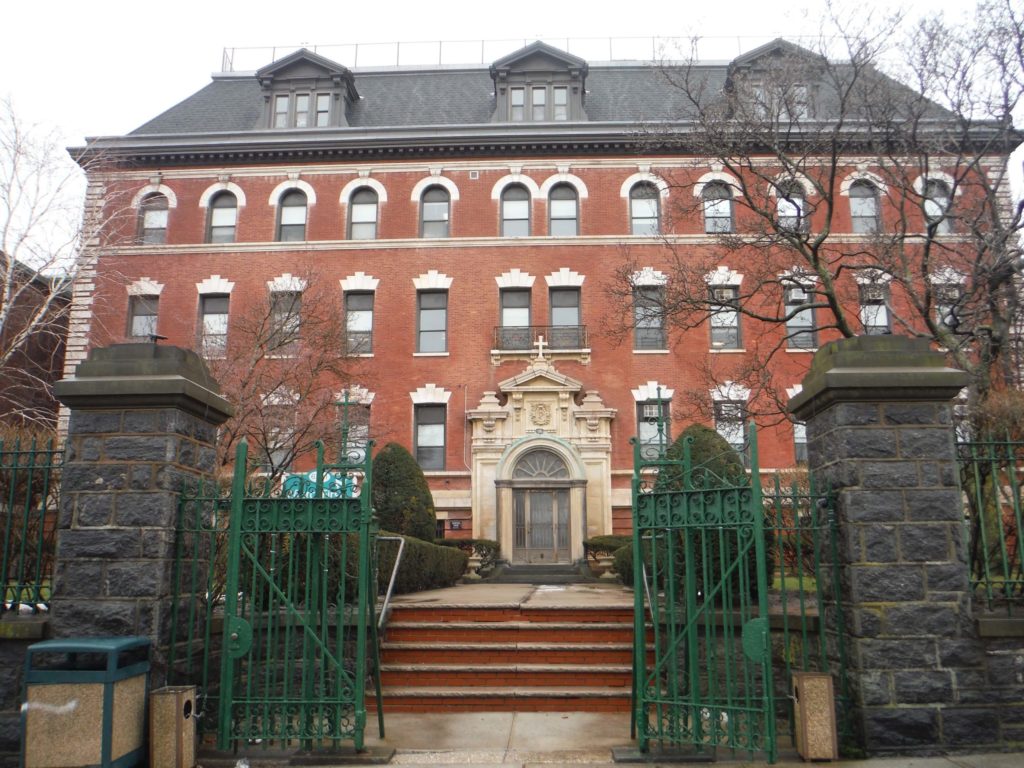Exasperated locals decry Landmarks’ omission of Angel Guardian Home convent

 The Angel Guardian Home may soon have its very own guardian angel; the adjacent convent building, however, doesn’t appear to be as lucky.
The Angel Guardian Home may soon have its very own guardian angel; the adjacent convent building, however, doesn’t appear to be as lucky.
Only the main structure has been recommended by the city’s Landmarks Preservation Commission for designation as a landmark, which would protect it from demolition or out-of-character alterations. Numerous members of the public who spoke at Tuesday’s public hearing on the issue bemoaned the fact that, so far, the Commission has overlooked the smaller building, which is likely to be demolished unless it receives the same protections.
In 2018, the Sisters of Mercy received $37.5 million from developer Scott Barone for the property, which occupies the square block bounded by 12th and 13th avenues, and 63rd and 64th streets in Dyker Heights. Barone subsequently sold the 13th Avenue side of the property to the city’s School Construction Authority, which will be building a school on the site, and the central portion of the property to another developer who plans to erect condos there.
